For decades, travelers have flocked to the world’s most iconic cities. Paris, Rome, and Tokyo are names that instantly come to mind when planning a trip. But in recent years, there’s been a noticeable shift among savvy travelers who prefer to skip the crowds, inflated prices, and overexposed landmarks. Instead, they’re embracing what travel experts call “second cities” — destinations that offer cultural depth, charm, and unique experiences without the downsides of overtourism.
Whether you’re looking to stretch your budget, avoid the masses, or discover hidden gems, second cities offer compelling reasons to choose them over their more famous neighbors.
What Is a Second City?
The term second city originally referred to a country’s second-most populous or well-known urban area, the next big city after the capital or most iconic destination. Over time, it has come to mean something broader. Any less obvious, under-the-radar destination that still delivers rich experiences can qualify.
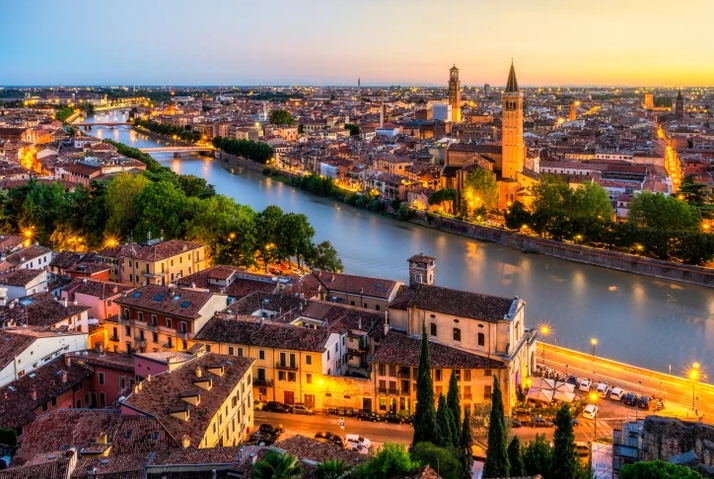
According to travel experts, second cities can be the second-, third-, or even fourth-largest cities in a region. They often live in the shadow of their bigger, showier neighbors but offer plenty of reasons to visit, including vibrant local culture, great food, and a more relaxed pace. For example, in France, many travelers are now opting for Lyon instead of Paris. In Italy, Bologna offers an alternative to Rome. And in Japan, Fukuoka provides a quieter but equally rewarding experience compared to Tokyo.
Some travelers even use second cities as part of a broader trip, spending a few days in the most famous city before venturing to a lesser-known spot nearby. Others skip the top destination entirely in favor of the second city’s authenticity and charm.
The concept has also expanded beyond a strict population ranking. Second cities are now understood as any alternative destination, large or small, that lets you experience a region differently, often away from the heaviest tourist traffic.
Why Travelers Are Choosing Second Cities
There are several reasons why second cities are becoming increasingly appealing.
Fewer Crowds: Second cities generally attract fewer tourists, making it easier to enjoy your trip without long lines or packed streets.
Lower Costs: Hotels, dining, and attractions tend to be more affordable than in top-tier destinations.
Authentic Encounters: You’re more likely to interact with locals and experience the city as it really is, rather than a version tailored for tourists.
Sustainability: Choosing second cities helps ease the strain on overvisited places and supports more balanced tourism.
Visiting a less-crowded destination also gives you the chance to connect more deeply with the local community. Smaller cities often retain traditions, regional cuisines, and a slower pace of life that feel more authentic than what you might find in their busier counterparts.
What Experts Say About Second City Travel
Travel professionals highlight how second cities offer not just cost and crowd benefits but also unique charm and cultural richness. Many of these places are “packed with local flair, amazing food, great value, and a more laid-back pace,” according to travel trends analysts. In other words, they don’t live in the shadows of their more famous neighbors. They just shine differently.
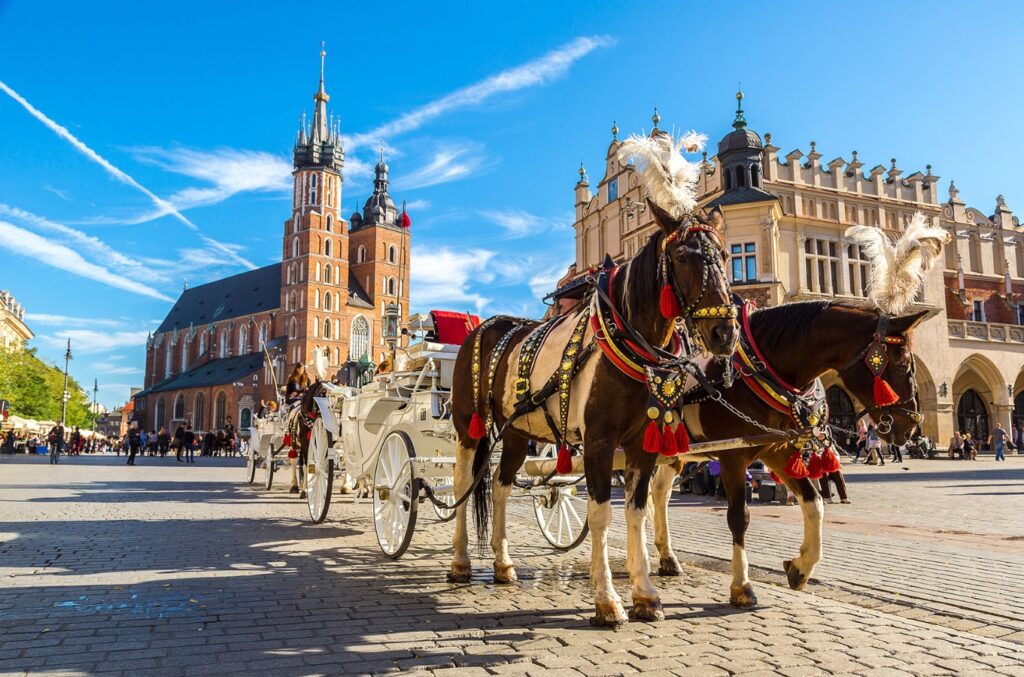
Visiting second cities also contributes to more sustainable tourism by reducing the environmental and social pressures on heavily visited hubs. In the era of overtourism, many travelers feel better knowing their choice helps preserve historic city centers and local ways of life in iconic destinations.
One tip travel advisors often share is to research nearby regions that are still accessible from major international airports. This keeps travel more convenient and affordable while letting you experience something fresh. It’s also wise to plan ahead, as second cities may not have as robust transportation or tourist infrastructure.
Lyon: France’s Culinary Capital
If you’ve been to Paris, you know it can feel both magical and overwhelming. Just two hours by train, Lyon offers a different side of France. Known as the country’s culinary capital, Lyon is a dream destination for food lovers, with fewer tourists and a more relaxed pace.
If you’ve been to Paris, you know it can feel both magical and overwhelming. Just two hours by train, Lyon offers a different side of France. Known as the country’s culinary capital, Lyon is a dream destination for food lovers, with fewer tourists and a more relaxed pace.
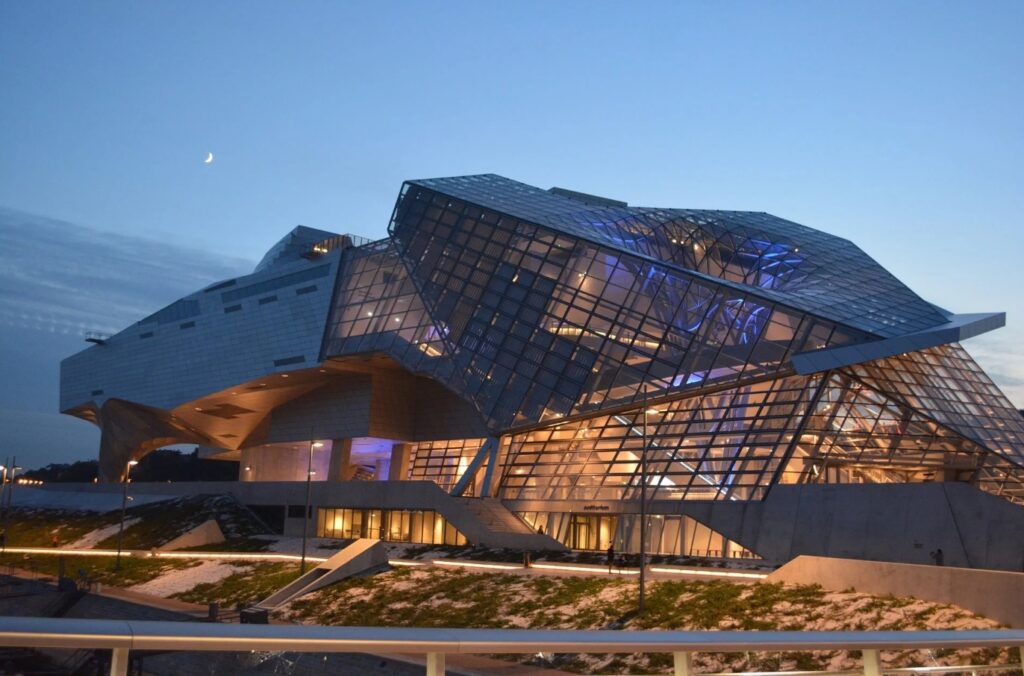
Explore Vieux Lyon, the beautifully preserved old town filled with cobblestone streets and Renaissance buildings. Visit Fourvière Hill for sweeping city views, and discover the secret Traboules, historic passageways once used by silk workers.
The real highlight is the food. Traditional bouchons serve hearty dishes like quenelles and coq au vin. The indoor Halles de Lyon-Paul Bocuse market is ideal for sampling cheeses, charcuterie, and pastries. Lyon also makes a great base for exploring nearby wine regions, like Beaujolais.
If you’re planning to picnic in one of the city’s parks or riverside spots, a compact insulated tote can keep your finds fresh and ready to enjoy on the go.
Bologna: Italy’s Hidden Gem
Rome attracts millions of visitors each year for its iconic ruins and bustling piazzas. But just a short trip north, Bologna offers an equally rich experience with a fraction of the chaos.
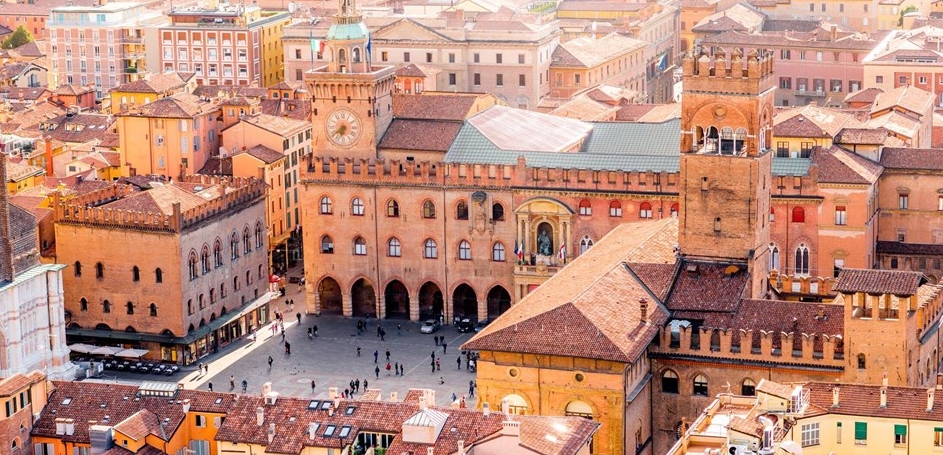
Bologna is often called Italy’s food capital, famous for dishes like tagliatelle al ragù, mortadella, and fresh tortellini. You can take a culinary tour, dine in charming trattorias, or browse the food markets along its atmospheric streets lined with miles of porticos.
Climb the Torre degli Asinelli for panoramic views or visit the historic University of Bologna, Europe’s oldest. Thanks to its large student population, Bologna is lively yet approachable, with culture, history, and authentic charm in abundance.
For travelers who want Italy’s warmth and beauty without the crowds of Rome or Florence, Bologna delivers.
Fukuoka: Japan’s Gateway to Kyushu
Tokyo is a thrilling metropolis, but can feel overwhelming. On the southern island of Kyushu, Fukuoka combines modern conveniences with a more laid-back atmosphere.
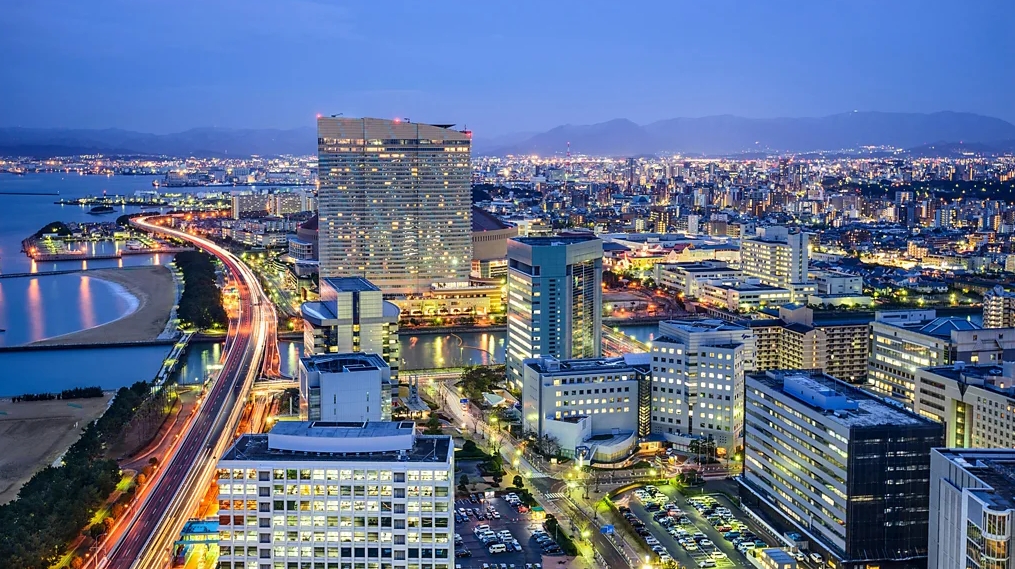
Fukuoka is famous for its Hakata ramen, served in countless ramen shops and at the city’s iconic Yatai, outdoor food stalls that come alive at night. Visit green spaces like Ohori Park, explore the ruins of Fukuoka Castle, or shop and dine in the bustling Tenjin district.
For a deeper cultural experience, the Kyushu National Museum and nearby Dazaifu Tenmangu Shrine are worth a visit. Fukuoka is also a gateway to Kyushu’s hot springs, volcanoes, and rural towns. It is ideal for travelers who want to see a side of Japan beyond Tokyo and Kyoto.
A lightweight travel umbrella is smart to pack, especially during Japan’s rainy season or humid summers.
Other Inspiring Second Cities
Beyond Lyon, Bologna, and Fukuoka, plenty of other second cities deserve a spot on your travel list.
Verona, Italy: A romantic alternative to Venice, with fewer crowds but plenty of history and charm.
Porto, Portugal: Colorful riverfront, port wine cellars, and a more relaxed vibe compared to Lisbon.
Valencia, Spain: Mediterranean beaches, a vibrant old town, and a unique mix of ancient and futuristic architecture.
San Diego, USA: Coastal California with a laid-back energy that contrasts with Los Angeles.
Melbourne, Australia: Known for its arts, coffee culture, and hidden laneways, Melbourne is a creative alternative to Sydney.
Chiang Mai, Thailand: Surrounded by mountains and temples, it offers a calmer experience than bustling Bangkok.
How to Plan a Second City Trip
Here are a few tips to make your second city trip a success.
Research Nearby Airports: Look for destinations within reach of a major airport to keep travel convenient and affordable.
Consider Transportation Needs: Second cities may require a rental car or more planning to navigate local transit.
Book Boutique Hotels or B&Bs: Smaller accommodations can enhance the authentic, local experience.
Be Flexible: Part of the charm of second cities is their slower pace. Don’t over-schedule your time.
Learn Basic Phrases: In less touristy areas, knowing a few words in the local language can go a long way. Bringing a compact travel phrasebook or pocket-sized language guide can be incredibly helpful when navigating menus, transit signs, or local markets without needing Wi-Fi.
Final Thoughts
Second cities offer an appealing alternative to overcrowded tourist hubs. Whether you’re wandering through Lyon’s hidden passageways, savoring tagliatelle in Bologna, or enjoying street food at a Fukuoka yatai, these destinations deliver culture, history, and culinary delights without the hassle of heavy crowds and inflated prices.
They’re also more sustainable and often more meaningful. You’ll find yourself connecting with locals, discovering regional traditions, and seeing a side of a country you might otherwise miss.
As you plan your next adventure, consider stepping off the beaten path. Second cities may not be as famous, but they can be just as memorable.


